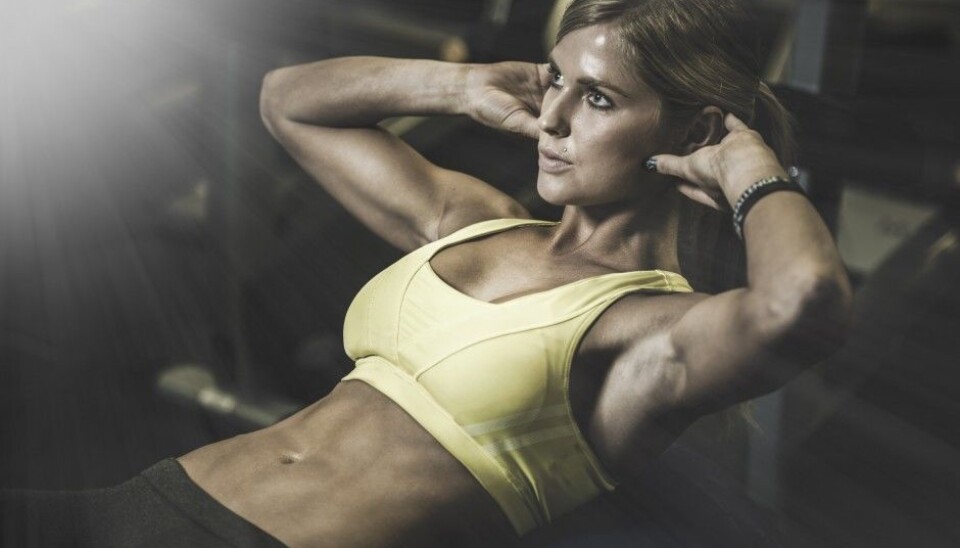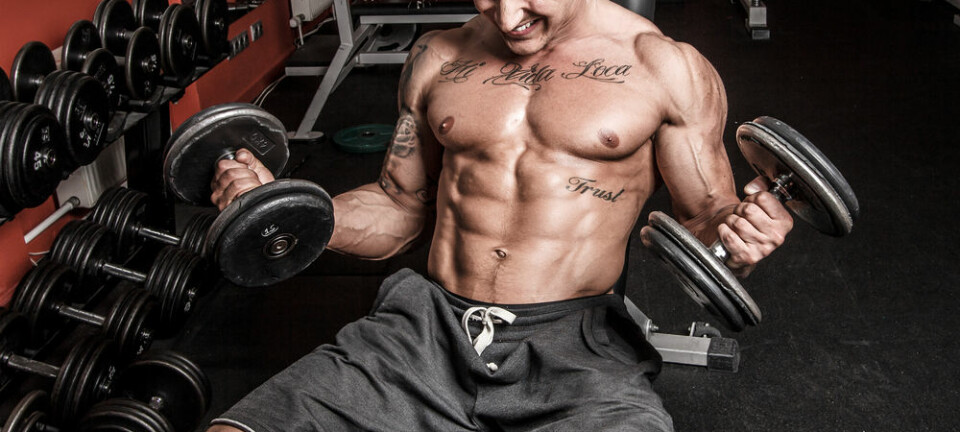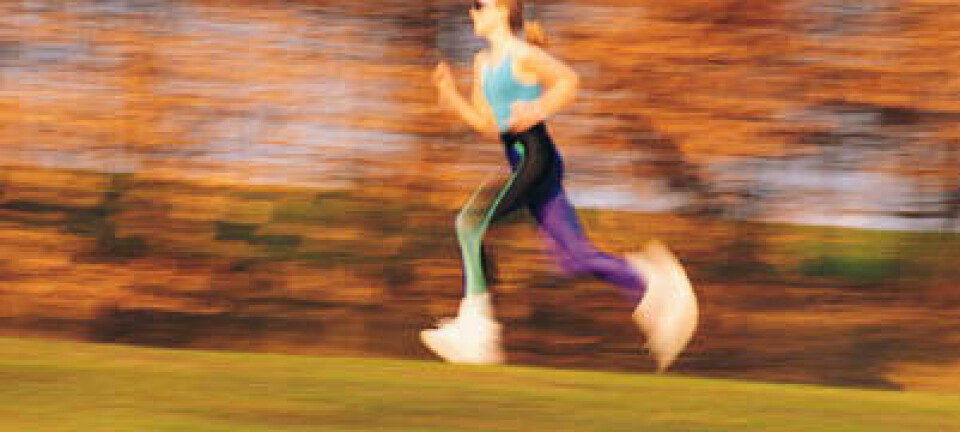An article from KILDEN Information and News About Gender Research in Norway

Sound focus on health or eating disorder in disguise?
According to the fitness bloggers, the ideal female body is supposed to be slim, muscular, feminine and strong. However, the eating and workout regimes they promote are so strict, that even the bloggers themselves almost fail to follow them.
Denne artikkelen er over ti år gammel og kan inneholde utdatert informasjon.
Ever searched for workout tips online? Or recipes for healthy food? Googled “knee bend”? Or even just looked for inspiration in order to get yourself to the gym? If so, chances are that you’ve come across various types of fitness blogs.
“These bloggers write about topics such as fitness, body, and health, topics that engage a major part of our population,” says research fellow Janne Wiken Halvorsen. She has immersed herself in the blogosphere as part of her work with a PhD thesis on fitness blogs written by Norwegian female bloggers.
“With their large number of followers they’ve gained an important voice in the social debate about body, diet, and fitness – for good or ill. The fitness and health blogs are characterised by a massive focus on the body. Therefore, these women play a part in defining what is an attractive body and what is not. I wanted to examine what body ideals they promote in these blogs,” she says.
“Strong is the new skinny”
What is regarded as an attractive female body has changed throughout the ages, from Marilyn Monroe’s hourglass figure to skinny Twiggy, from aerobic girl Jane Fonda in the 1980s to “heroin chic” and models such as Kate Moss in the 90s. But the last few years have been the era of the fitness body.

“The fitness body is different from previous ideals in that you’re supposed to be both slim and muscular, yet feminine,” says Halvorsen.
“This ideal bears many similarities to the fit body ideal that was characteristic for the 1980s, but it differs in its focus on marked muscles. Moreover, it requires more than aerobic and other types of endurance training. It also requires adamant weight-training.”
In the wake of this fitness trend, an undergrowth of web sites and blogs have appeared in which fitness tips, recipes for high protein, fat burning food , and photos documenting the road towards the perfect body are shared.
Strong but not too strong
“According to the descriptions in these blogs the ideal body is slim, fit, tight, and feminine; just the way in which bikini fitness athletes appear in contests,” says Halvorsen.
Bikini fitness is a variant of bodybuilding where muscle appearance and flexibility rather than the size of the muscles are decisive factors. Several of the bloggers in Halvorsen’s study are bikini fitness contestants and regard the “fitness body” as their ultimate goal.
“Toned abs, tight bottoms, and low fat percentage is what’s regarded as attractive,” according to Halvorsen.
The fitness body is not supposed to be too strong, however. It shouldn’t exceed the limit of what is regarded as feminine.
“According to the bloggers there is a limit to how muscular a woman should be before she breaks with social norms and ideals. None of the bloggers in my study wish to develop very big muscles, as this is associated with masculinity,” says Halvorsen.
“It is implicitly expressed in the blog entries that certain muscles are more attractive than others: moderate muscles around the stomach, hips, thighs, and shoulders bring out feminine bodily forms and are regarded as attractive.”
“Requires extreme discipline”
On the one hand, you might say that this ideal is healthier than what was dominant in the 90s, where being slim was alpha and omega. On the other hand, the ideal body has become even more difficult to obtain, according to Halvorsen.
“Such an ideal requires extreme discipline over time, with a restrictive food intake and hard weight-raining,” she says.
“I must emphasise that being preoccupied with body and appearance is not necessarily harmful in itself; it is important for both health and well-being. It only becomes problematic when diet and fitness absorb too much of your life.”
Confusion and guilt
To some of the bloggers in Halvorsen’s study the pursuit of the perfect body proved to be too demanding.
“Ingrid” terminated her own fitness regime shortly after Halvorsen finished her data collection. She later referred to her fitness lifestyle as an obsession, calling it “an eating disorder in disguise”. Even those who haven’t dropped out of the fitness trend expressed ambivalence in terms of their body being their most important project.”
“The bloggers in my research material relate about the victories of the body project – the great feeling when you’ve achieved a goal – and the disappointments when you fail and the craving for the “forbidden” food,” she says.
Several of the bloggers write about incidents where they’ve been binging on forbidden food and emphasise the necessity of making up for it afterwards through more training and healthier food.
“They describe emotions such as confusion and guilt when they fail to achieve their goals and express a desire to “make up for it” and “pull themselves together”.”
“Unexplored phenomenon”
Halvorsen claims that the ambivalence expressed in these blogs may provide a more multifaceted picture of the body project compared to the stories presented through other medias where good appearance equals happiness. But although we know that these blogs have up to five thousand weekly followers we know little about the effect of these blogs on the readers.
“I presume they might inspire a change of lifestyle – for good or ill. But blogging is a huge and relatively new phenomenon which is still largely unexplored,” says Halvorsen.
Even though the bloggers reach a wide audience we have yet to see what kind of effect they actually have.
“What kind of effect do they have? Are they successful at inspiring positive changes in the lifestyles of their readers? Or do they promote ideals too narrow for most people? I’d like to conduct interviews with blog readers to explore these questions.”
-------------------------------------
Read the Norwegian version of this article at forskning.no


































